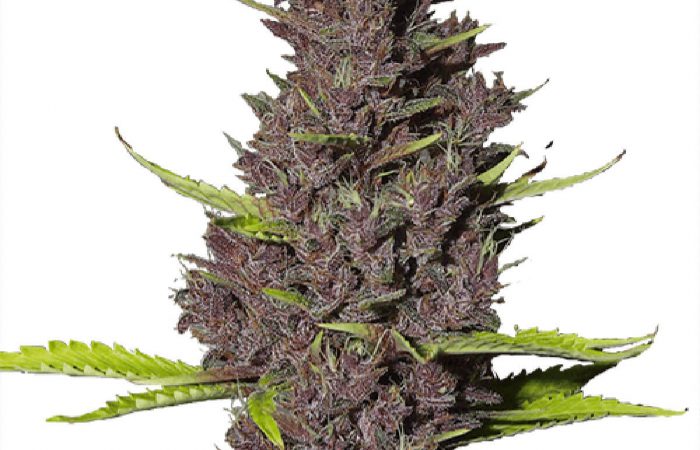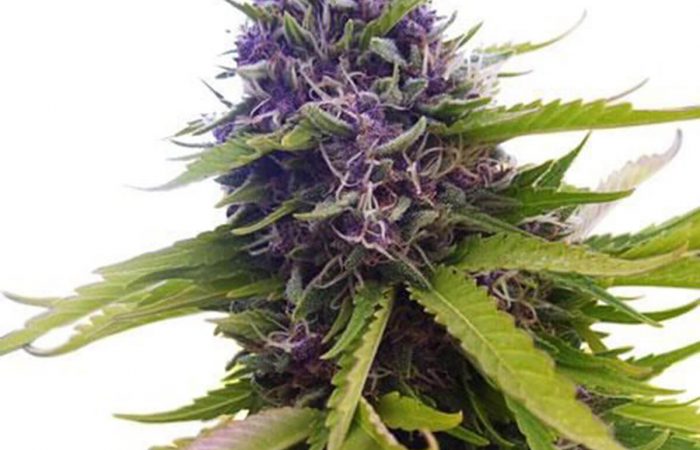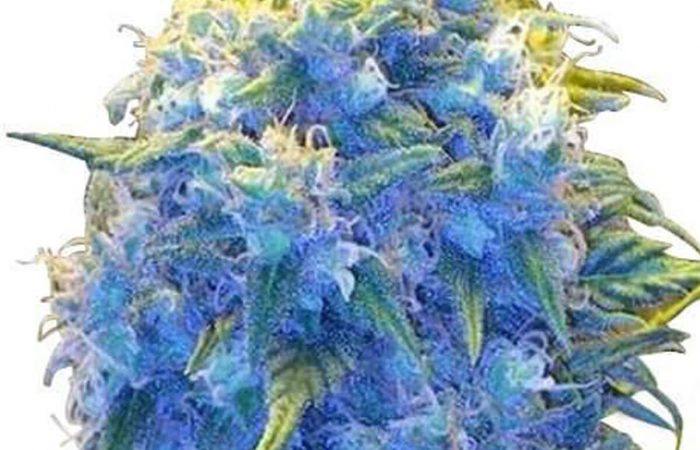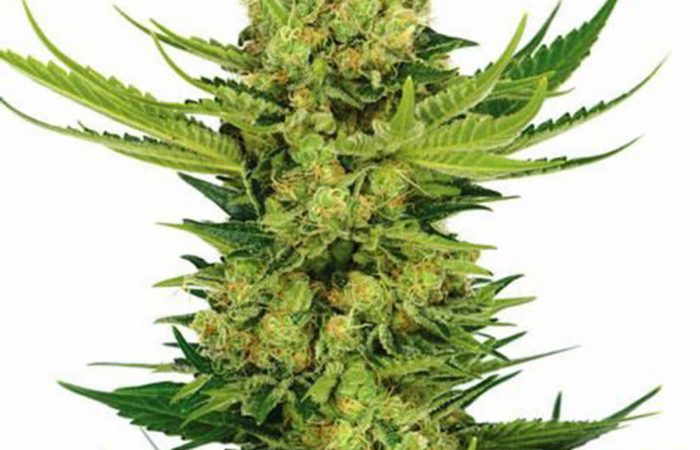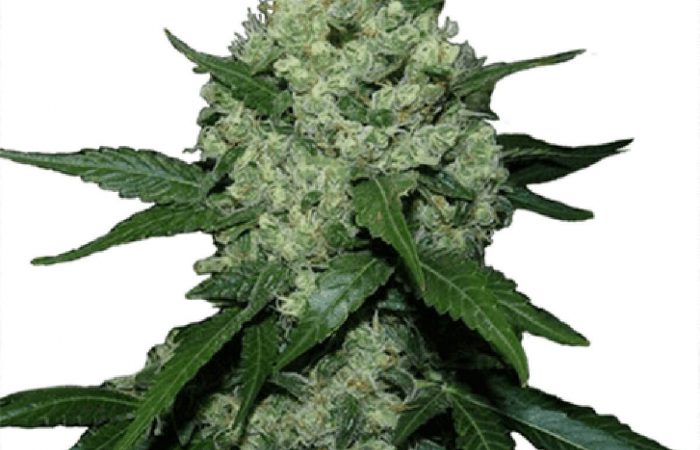Blue Cheese Strain FAQ
What is the Sea of Green method, and how can it work in my garden?
The Sea of Green technique is a popular growing method for cannabis plants, especially for those strains that have a longer flowering time or those that grow small to moderately tall and bushy like Blue Cheese. The technique gets its name from the large number of small, uniform plants that eventually create a horizontal canopy that looks like a sea of green. This gives the grower a lot of control over the final shape of the canopy, as well as how much light each plant receives. The main benefit of the Sea of Green technique is that it allows the grower to harvest multiple crops in a shorter period of time. In addition, it can be used to increase yields by forcing the plants to produce more flowers.
To do a Sea of Green with Blue Cheese cannabis plants, start by planting your seeds in small pots or plugs. Once the seedlings have reached a height of 6-8 inches, they can be transplanted into their final home. Using a light mix that drains well when growing in soil is essential. For best results, maintain a temperature between 70-85 degrees Fahrenheit and keep the humidity level around 40-50%. Once your plants are in place, you will need to prune them carefully to promote even growth.
Bushy cannabis strains like Blue Cheese can be prone to powdery mildew when left untrained. What can I do to avoid dead spots where PM can proliferate?
Powdery mildew is a type of fungus that can affect a variety of plants, including cannabis. The fungus usually begins to develop on the leaves, and it can eventually spread to the stems and flowers. Powdery mildew looks like a white or gray powder, hence its name. The fungus thrives in warm, humid environments, which is why it is often seen in greenhouses or indoor grow operations. One way to avoid powdery mildew is to monitor the humidity levels in your grow room. Keeping the humidity around 50% will create an unfavorable environment for the fungus. Additionally, you should ensure to ventilate the grow room to prevent stagnant air from accumulating. Another way to prevent powdery mildew is to water the plants early in the day so that the leaves have time to dry before nightfall. Finally, you should avoid overhead watering, as this can promote fungal growth. By taking these precautions, you can help to keep your cannabis plants healthy and prevent powdery mildew from taking hold.
It’s my first time growing cannabis. What are the most common signs of an underfed marijuana plant?
Blue Cheese plants are known to be hearty and resilient, but even they need a little help from time to time. One of the most common problems that growers face is underfeeding, which can result in a number of negative consequences. For example, underfed plants may produce smaller leaves, exhibit impaired growth, and produce weaker stems. In addition, the buds may be smaller and less resinous, and the taste may be adversely affected. Growers who suspect that their plants are underfed can take a number of steps to rectify the situation. First, they should check the soil to make sure it provides adequate nutrients. Second, they should ensure that the plants get enough light and water. Finally, they should consider using a high-quality fertilizer specifically for cannabis plants. Growers can ensure that their plants get the nourishment they need to thrive by taking these steps.

